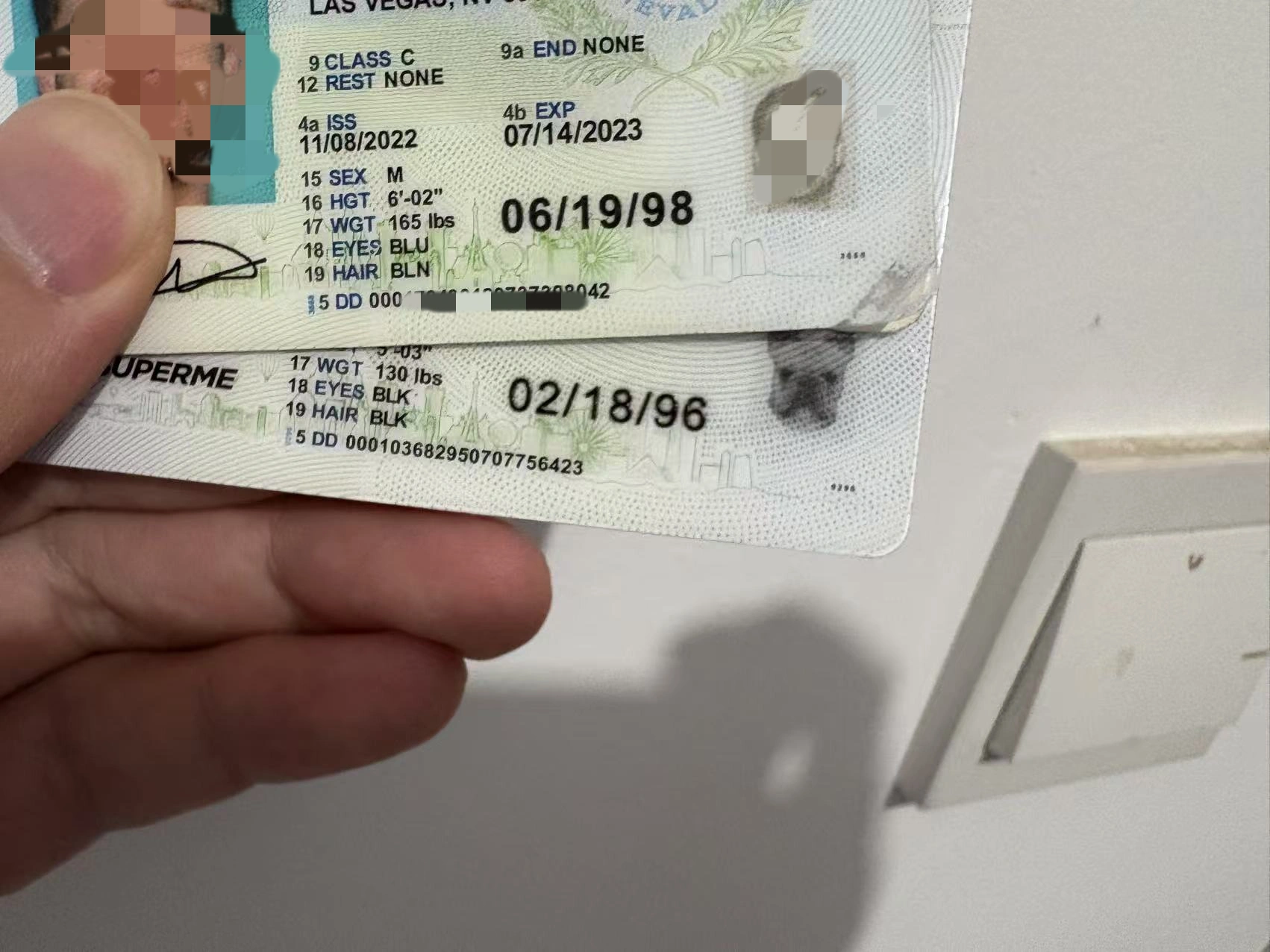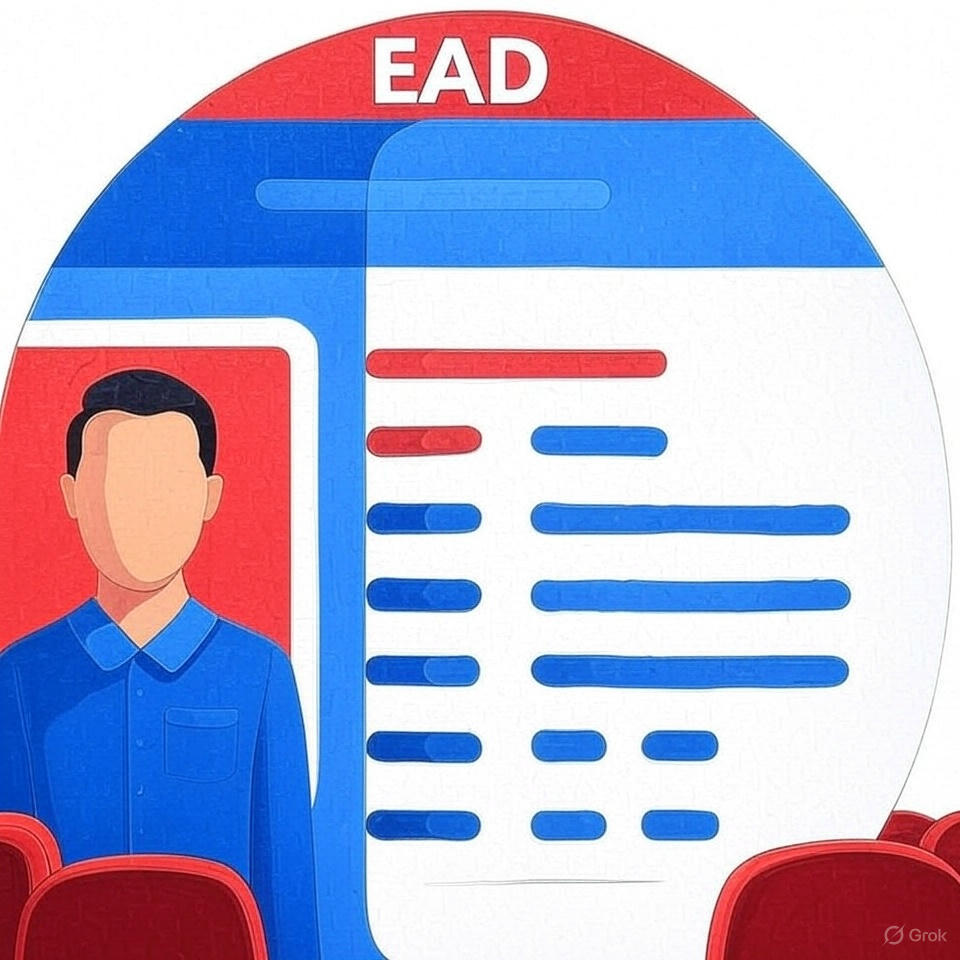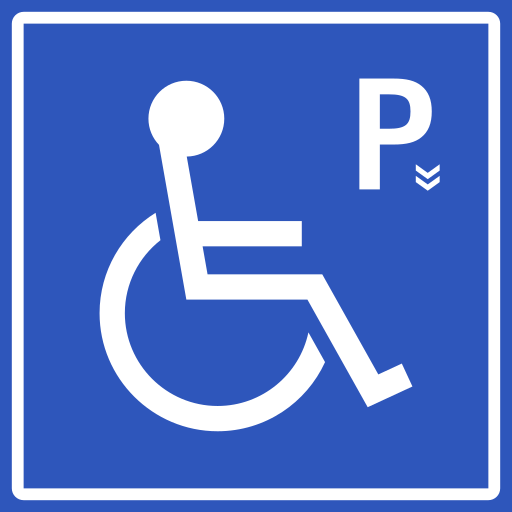Fake DLs vs. Real Ones: What Really Sets Them Apart?
Let’s talk fake DLs. These things have come a long way from the sketchy laminated cards of the past. A good fake driver’s license today can look and feel almost identical to the real deal—but how do you know what makes it pass the test?
Here’s the real difference between a pro-grade fake DL and an actual state-issued license.
1. Scannable Tech
Real driver’s licenses are built to scan—and so are the best fake DLs. The barcode or mag stripe should pull up valid data when scanned. If your fake doesn’t scan? That’s a big no.
Pro tip: At IDsupreme, every fake DL we make comes fully encoded to scan properly, whether it’s for a bouncer or an age verification kiosk.
2. Microprint, UV, and Holograms
This is where fake DLs either shine or flop. Real IDs are loaded with security features: tiny fonts, holograms, UV prints you can only see under blacklight. If your fake doesn’t nail all three? It’s game over.
3. Tactile Elements
Some state licenses now come with raised text or textures you can feel. A legit fake DL should mimic that. Run your fingers across it—does it feel flat and cheap? Then it probably is.
4. Info Accuracy
One easy giveaway for bad fakes? Mismatched or obviously fake info. Real DLs follow a strict format—fonts, spacing, license numbers, addresses, all have a pattern. A good fake gets these details right down to the letter.
Final Take
A solid fake DL should do everything a real one does—scan clean, glow under UV, and hold up to a close look. At IDsupreme, we’re obsessed with the details. We use real templates, pro-grade materials, and match every security feature to perfection.
Need a fake DL that holds up under pressure? We got you. Order yours today at IDsupreme.com


 USA
USA US DLs
US DLs Social Security Card(SSN)
Social Security Card(SSN) EAD(Work Permit)
EAD(Work Permit) Handicap(Parking Permit)
Handicap(Parking Permit) Canada
Canada Specials
Specials